Why K-12 education?
Art Science and the Trophic Theory of the Economy
Steady State Economics for 5th graders
We recently played our trophic economy game with a group of fifth graders at Bailey’s Upper Elementary School. It was a lot of fun! It was great to see the variety of goals that students had. Some wanted the most short-term economic growth. Some wanted to protect the birds and deer in the forest. Others pursued the maximum sustainable economic activity.
After the game, Johab Silva, the teacher created a couple of images to remind the students about what we learned. Check it out!
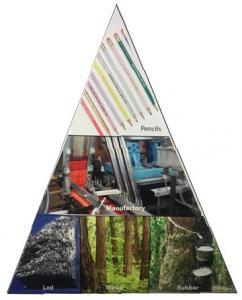
I am a particular fan of the following image. The trophic theory of money suggests that money is directly linked to extraction at the base of our economy through the development of ‘surplus’. What if money looked like this?
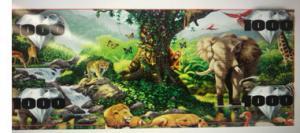
Art and Science Club Results
Steady State Economics for 5th graders
Check out the latest from the Art and Science club! The 3D printer worked and the students each made a piece of art related to our lessons on the economy and the ecosystem.
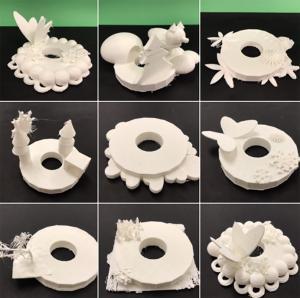
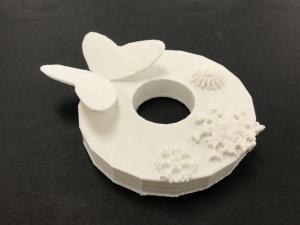
The class discussed the use of plastic, and decided that if they were going to use this material they wanted to do so intentionally. Check out the beginning of the installation process!

Art and Science Club
Steady State Economics for 5th graders
After some greater discussion, the students are on their way, designing art with computers. As students work is increasingly enhanced by technology (perhaps by some necessity) it’s great to have an opportunity to discuss the trade-offs between further economic growth and other goals we have for society and nature.
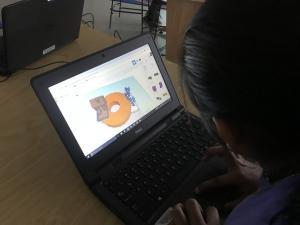
Apparently, this is what art and science look like in 2019.
Our First Lesson
Steady State Economics for 5th graders
“If one thing increases, then something else must decrease”. These were the words of a fifth grader following a lecture I gave on steady state economics. Students tend to have an intuitive grasp of some very important concepts.
This casual conjecture, made by a fifth grader, is more than reminiscent of the laws of thermodynamics, sometimes referred to as the science of symmetry. These are some very important laws!

Einstein stated: “[thermodynamics] is the only physical theory of universal content which I am convinced will never be overthrown, within the framework of applicability of its basic concepts.”
Sir Arthur Eddington wrote “The law that entropy always increases holds, I think, the supreme position among the laws of Nature.”
Nicholas Georgescu-Roegen was a pioneer in bringing Thermodynamics to economics. As he wrote, “Since the product of the economic process is waste, waste is an inevitable result of that process and ceteris paribus increases in greater proportion than the intensity of economic activity.”
Having an understanding of this balance in nature, is a wonderful place to start for students of steady state economics. And for that matter, economics in general, which is a science of tradeoffs.
